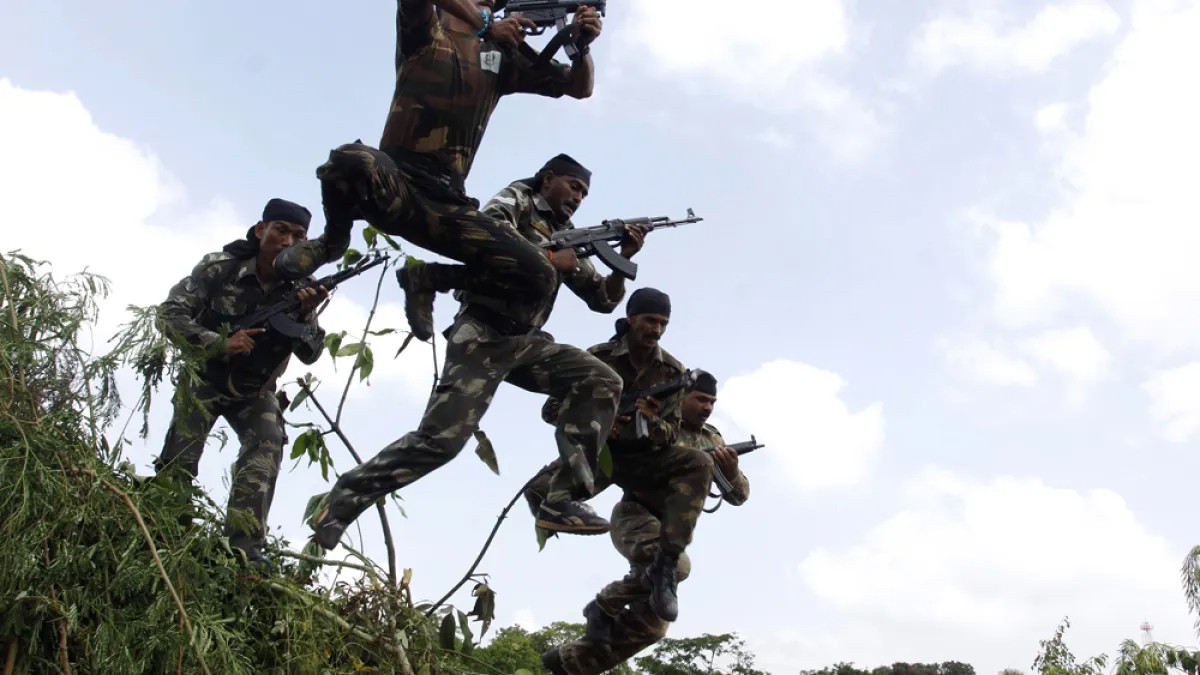Indian security forces killed a senior Maoist leader and two more insurgents in a firefight on Monday, officials reported, as the government escalates efforts to eliminate the prolonged conflict.
India is conducting a full-scale campaign against the final remnants of the Naxalite insurgency, which takes its name from the village in the Himalayan foothills where the Maoist-driven guerrilla movement originated almost sixty years ago.
Since a small group of villagers rebelled against their feudal lords in 1967, over 12,000 rebels, soldiers, and civilians have lost their lives.
The most recent gunfight occurred early Monday in the resource-rich eastern state of Jharkhand, as stated by India’s Central Reserve Police Force (CRPF).
The federal police characterized the operation as a “significant advancement.”
The CRPF reported that three “leading Naxal commanders” were slain in the conflict, including Sahdev Soren, a member of the Maoist group’s central committee.
Authorities had placed a reward of roughly $113,000 for his apprehension.
Last week, troops eliminated another Maoist leader and nine others during an intense gunfight along the wooded border separating Odisha and Chhattisgarh.
The Indian government has pledged to eliminate the uprising by the end of March next year.
At its height in the mid-2000s, the rebellion dominated roughly a third of the nation with an estimated 15,000 to 20,000 combatants.
According to government data, more than 400 insurgents have been killed since last year due to a crackdown by Indian forces throughout the “Red Corridor.”
The leader of the group, Nambala Keshav Rao, also known as Basavaraju, was shot dead in May, together with 26 other rebels.
The conflict has included numerous lethal assaults on government troops. In January, a roadside bomb claimed the lives of at least nine Indian soldiers.





